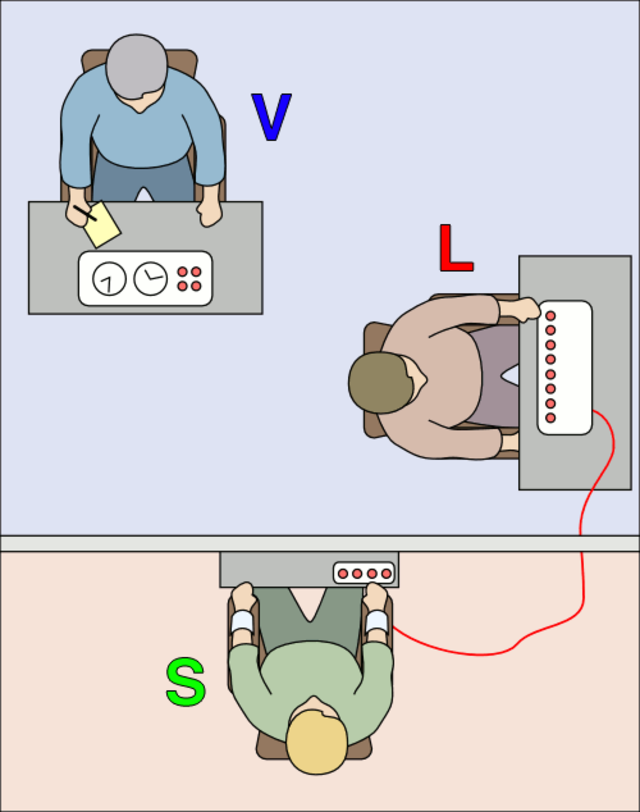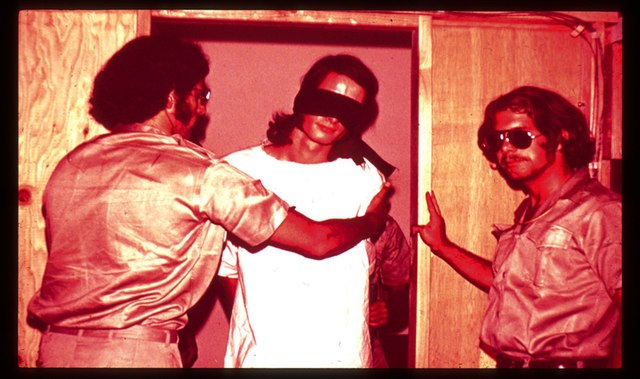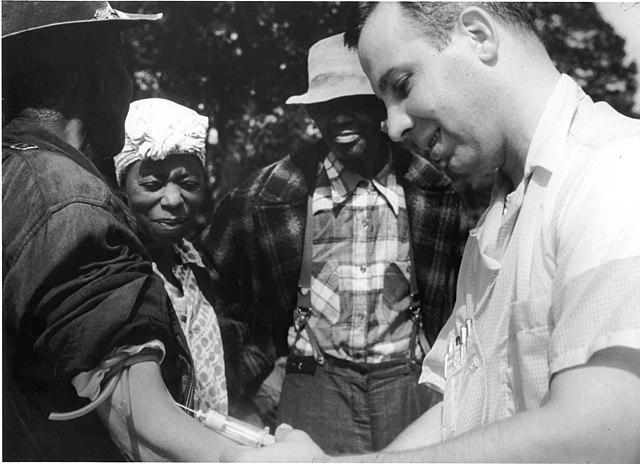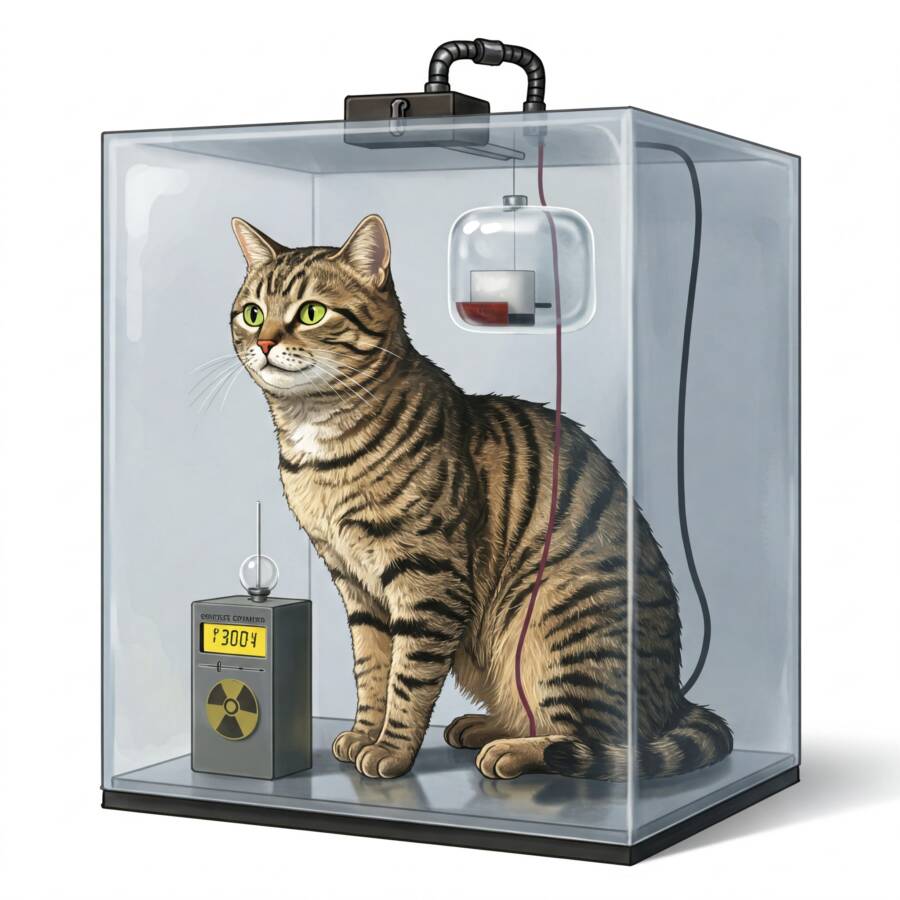Human experimentation evokes images straight out of a science fiction horror story. Even if horror story scenarios belong to the realm of fiction, some experiments involved horrific risks and hazards.
These practices are not only unethical but also illegal. Some of them exposed individuals to hazardous substances and physical or emotional abuse, leaving them vulnerable to harm in different contexts.
Here are 11 of the scariest human experiments ever conducted.
1. The Milgram Experiment
The Milgram Experiment was led by psychologist Stanley Milgram in the 1960s at Yale University. He wanted to investigate how far individuals can go with complying with instructions from authority figures, even if they conflict with their own moral beliefs.
This is how participants started to administer electric shocks to other people. What they didn’t know was that the shocks were simulated. Even with their belief that the shocks were real, some participants continued to administer the shocks.

2. The Monster Study
A psychologist from the University of Iowa conducted a psychological study in 1939 called The Monster Study. Wendell Johnson is the name of the initiator, and he examined the impact of stuttering on orphan children. He wanted to prove how positive speech therapy helps, and he collected a group of twenty-two participants who were randomly divided into two groups. While one group received positive speech therapy, the other group experienced negative speech therapy. They were discouraged and assaulted with verbal criticism to reflect the development of stuttering issues in individuals.
This experiment was heavily criticized for its ethical implications, and it managed to cause psychological distress to the children. Moreover, it was conducted with no consent from legal representatives or guardians.
3. The Stateville Penitentiary Malaria Study
One of the most unethical studies ever conducted was the Stateville Penitentiary Malaria Study, which took place during the 1940s. This penitentiary in Illinois aimed to examine the effects of malaria by infecting incarcerated people with the malaria parasite. Along with this, various drugs were administered to see their effectiveness in treating the infection, and this led to a successful experiment that made them understand the treatment strategies for malaria.
Even if it had contributed to the knowledge of this serious disease, the study is a whole ethical debate due to using prisoners as involuntary participants and exploiting vulnerable individuals for scientific purposes.
4. Operation Midnight Climax
A covert CIA program took place during the 1950s and 1960s as a part of the MKUltra project. It worked as a setup house in New York and San Francisco, where they seduced unsuspecting individuals using prostitutes. Once stepping into the house, they were administered hallucinogen drugs to document the behavioral effects.
During the experiment, a lot of various psychedelics were tested on unwitting subjects to get deep insights into the psychological effects of these substances. This unethical experiment persisted until it was exposed to the public in the 1970s, and this led to its discontinuation.
5. Operation ARTICHOKE
This operation was part of a bigger project called the MKUltra project that the CIA initiated to find out more about the impact of psychological manipulation on humans. They focused on finding the use of hypnosis and any other form of psychological manipulation for behavior changes and intelligence gathering.
This operation functioned by extracting information from individuals in interrogations that was then used to evaluate the effectiveness of hypnosis or other psychological methods. They investigated hypnosis effects on memory or behavior to ease clandestine operations. The program managed to show utility, but it generated controversy, and it eventually ended due to ethical concerns.
6. The Standford Prison Experiment
In 1971, at Standford University, Phillip Zimbardo conducted a study to investigate the impact of authority and power on individuals. A prison environment was simulated, and twenty-four male participants were assigned the roles of prisoners or guards for two weeks.
This study caused severe psychological distress to its participants because the ones in the guard’s role exhibited unethical and extreme acts. It managed to reveal how individuals tend to conform to assigned social roles and how they try to reach expectations even if abusive and harmful behavior is involved. The experiment was halted prematurely because it was difficult to keep it under control, but it was regarded as a classic illustration of obedience and conformity that can change an individual’s behavior.

7. The sexual reassignment experiment
Gender transition involves medical procedures and therapy to relate a person’s physical features to their gender identity. It can involve hormone therapy, chest, or facial surgeries, along with other forms of treatment.
On this topic, there are instances of gender reassembly occurring from birth. One tragic case is that of David Reimer, a Canadian citizen born male in 1965. Because of a medical error during circumcision, doctors decided to perform gender reassignment surgery, which led to raising him as a female. Around 9 to 11 years old, Reimer managed to realize his identity and started to live as a man from 15 onwards. This whole experience caused him severe depression, which tragically led to the act of taking his own life.
8. The Aversion Project
During apartheid, Dr. Aubrey Levin practiced a series of experiments classified as medical torture. They encompassed harmful and discredited actions claiming to treat homosexuality among South African soldiers. It’s crucial to notice that homosexuality is not a medical condition; therefore, it can’t be cured by medical interventions like treating an illness.
9. Unit 731
Unit 731 is known as a research facility during World War II of the Imperial Japanese Army where horrific human experiences have been conducted. It was located in Pingfang District, China, and the most horrible war crimes that were committed there are attributed to Japan.
They conducted experiments on live prisoners, war prisoners, and civilians from China, Korea, Mongolia, and Russia. The experiments that took place here were meant to test chemical and biological weapons. Even if the real scale of atrocities is uncertain, it’s claimed that thousands of people suffered cruel treatment and even lost their lives due to study activities.
10. Mentally disabled children infected with hepatitis
Willbrook State School was a government institution for children with mental disabilities in Staten Island, New York. Investigations revealed poor hygiene, overcrowding, and insufficient staff that led to conditions that equated to cruel treatment. A disturbing report shows that Willowbrook staff exposed the children to hepatitis, intentionally trying to study the virus’s effects. Multiple lawsuits and additional investigations took place and the school was closed in 1987.
However, the unethical experiments had lasting consequences, and they affected the lives of innocent children in a way that couldn’t be stopped along with the school’s activity.
11. Tuskegee Syphilis Study
A study conducted by the US Public Health Service in Tuskegee, Alabama, was meant to investigate the untreated progression of syphilis among poor African American men living in rural environments who were infected.
During the study, they had no clue about their syphilis diagnosis, and they were denied treatment even if the scientists discovered the penicillin standard cure in 1940. This is an example of unethical medical research and the racism of this era.
The result of this study was the implementation of changes in clinical research, such as formulation guidelines for informed consent and the establishment of Institutional Review Boards that started to inspect the ethical standards of clinical studies.

If you want to find out more on this topic, we recommend this book in Kindle edition that you can get from Amazon: Experimenting with Humans and Animals: From Aristotle to CRISPR (Hopkins Introductions to the History of Science, Technology, and Medicine.
Read next: 5 Shocking Things That Happen During Coma: See How Your Body Reacts to It














